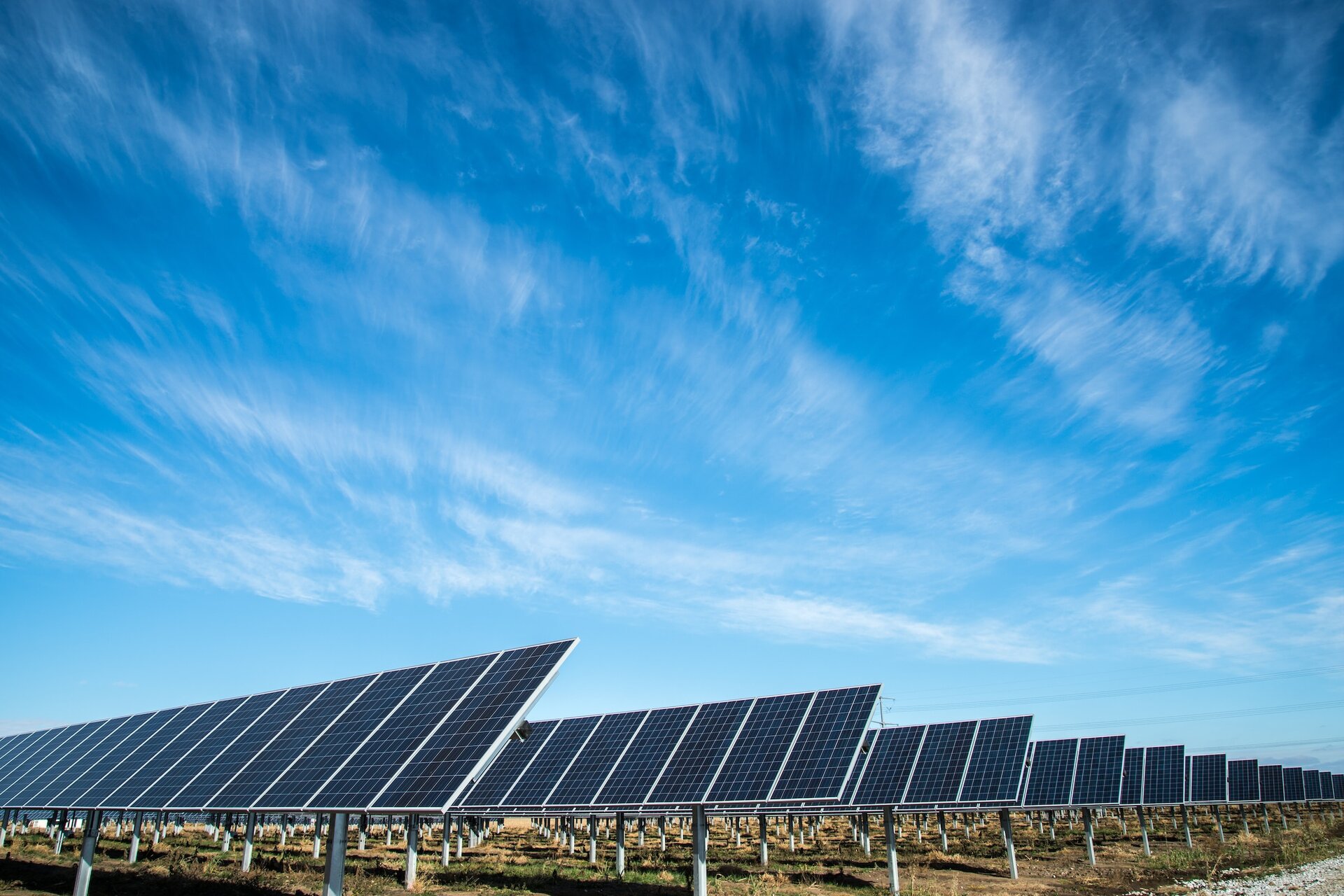
Green Engineering Examples and Benefits to the Environment
We are reader-supported. When you buy through links on our site, we may earn affiliate commission.
Green engineering examples aim to offset the negative impact of residential and commercial spaces using energy-efficient, environmentally friendly and sustainable technologies. Engineers, architects, designers and contractors team up to improve structures in preparation for a sustainable future.
The global population is booming and with it, an increase in building residential and commercial buildings. Construction materials have a massive impact on the environment and buildings contribute to 11% of the world’s carbon footprint from the transportation of materials, building the structure and during demolition.
Green Engineering Examples
As the world moves toward a greener tomorrow, people are becoming more open to living in green buildings and smart cities. What used to be science fiction is now a reality in many parts of the world.
Designers are now more in tune with how people live in their homes and work in their offices and facilities. Optimizing home and office systems can significantly improve life quality and productivity.
Water Treatment Sytems
Excessive water consumption is a prevalent environmental issue for residential and commercial areas. Water is one of the most used natural resources and green engineers are keen on conserving it.
Waste water, such as gray water, can be treated and recycled for other purposes. Unlike black water produced by toilets, gray water from air-conditioning and shower runoff can be treated and reused to fuel boilers, irrigate plants, etc. Water catchment systems separate recyclable water and divert it for proper plant treatment.
Clean and Efficient Energy Systems
More than ever, the global community now embraces solar power and other renewable energy sources in homes and workplaces. These clean energy alternatives can supplement homes and buildings, making them less reliant on or completely independent of fossil fuels.
Manufacturing companies continue to develop solar technology to make them more efficient at gathering and storing energy. With recent advances in manufacturing technology, companies can also offer more affordable solar panels to the public.
Nature-Based Heating and Cooling
Ground source heat pumps draw energy from sustained temperatures of the soil. This cost-effective heating and cooling alternative to traditional HVAC systems can heat homes in winter and keep them cool in summer. Green engineers like to supplement these energy sources with Energy Star-certified appliances to improve energy efficiency and lower utility costs.
Triple-pane windows are also becoming more popular, especially in office buildings. Glass is one of the most used materials in construction. Hence, engineers and architects sought a way to make them more conducive to saving energy. Triple-pane windows deflect heat to keep spaces cool in hot weather. It can also help reduce heating costs by trapping heat in cold months.
Intelligent Lighting and Climate Control
Lighting is necessary for any building — residential or commercial. Green engineers understand how essential lighting is to make life comfortable and work possible. As lighting consumes 18% of electricity in buildings, green buildings need to maximize use and improve efficiency.
LED and adaptive lighting are the most used lighting technologies in smart homes and buildings today. LED bulbs are 90% more efficient than incandescent, while adaptive lighting senses presence in a room. Intelligent lighting systems adjust the intensity according to the needs of inhabitants, power levels and user preferences.
Climate control is also essential for life and work quality in any space. With a simple command, intelligent air-conditioning units can detect peak usage hours and automatically adjust settings in one or all rooms. Intelligent climate control systems are also connected to the internet, giving users control over their settings and features even when far away from their homes.
Alternative Construction Materials
Green engineering recognizes and understands the need for better buildings and homes. Engineers must think of ways to make materials more sustainable to do this. Cement — one of the most used construction materials — accounts for at least 8% of the world’s CO2 emissions.
Researchers are now looking for a way to make carbon-sequestering cement by adding sodium bicarbonate in mixes. Other alternatives include using hempcrete and straw bales for low-impact, high-performance home insulation.
Some architects also prefer using more wood, especially timber responsibly harvested from sustainable farms. Cross-laminated wood can serve as carbon storage in buildings and replace steel and concrete in various ways. Green engineering is about rethinking current practices and trying to improve them. Every bit can help give the environment more time to recover.
Benefits of Green Engineering
Green buildings combine different technologies and construction methods to improve people’s quality of life while minimizing environmental risk. It’s a forward way of thinking deeply rooted in thoughtful design and intelligent construction.
Here are some benefits of creating green buildings and using green technologies:
Reduced Emissions
The transportation industry contributes 29% of total U.S. greenhouse gas emissions. One of the goals of green engineering is to reduce global carbon emissions. Green engineering paves the way for cleaner air. It reduces emissions by making electric vehicles more reliable and affordable for transportation.
Tax Incentives
Homeowners and companies are rewarded with tax incentives or credits by adopting cleaner energy sources for their homes and businesses. Clean and efficient energy systems do wonders to help reduce the impact of daily human activities on the environment. By switching to renewable energy systems, residents and business owners will enjoy lower utility bills and installation costs.
Improved Energy Efficiency
Green engineering leverages smart technology and energy-efficient appliances to improve and innovate existing concepts and structures. Modern problems require modern solutions. Engineers, designers and contractors understand that. They use modern thinking and state-of-the-art tools to make successful processes even better.
Promotes Sustainable Living
Sharing collective knowledge and practices can solve some of the world’s environmental problems. Green engineering aims to improve people’s lives at home or work. Exposing people to green engineering examples makes people likelier to try reducing and recycling waste, consuming less energy and adopting a more environmentally friendly lifestyle.
Encourages Environmental Practices
Green engineering also helps educate people about environmental problems and how to help solve them. Engineers can identify problematic areas and inefficiencies at the home or the workplace through site visits and assessments. This can be a great way to supplement current green initiatives and promote compliance with local and national environmental regulations.
What We Can Learn from Green Engineering Examples
Green engineering is a diversified approach to solving complex environmental problems. Apart from reducing ecological damage, we can collectively contribute to improving our way of life with a sustainable mindset and leveraging new technologies. Working with nature is better than working against it.
Share on
Like what you read? Join other Environment.co readers!
Get the latest updates on our planet by subscribing to the Environment.co newsletter!
About the author

Jane Marsh
Starting from an early age, Jane Marsh loved all animals and became a budding environmentalist. Now, Jane works as the Editor-in-Chief of Environment.co where she covers topics related to climate policy, renewable energy, the food industry, and more.





